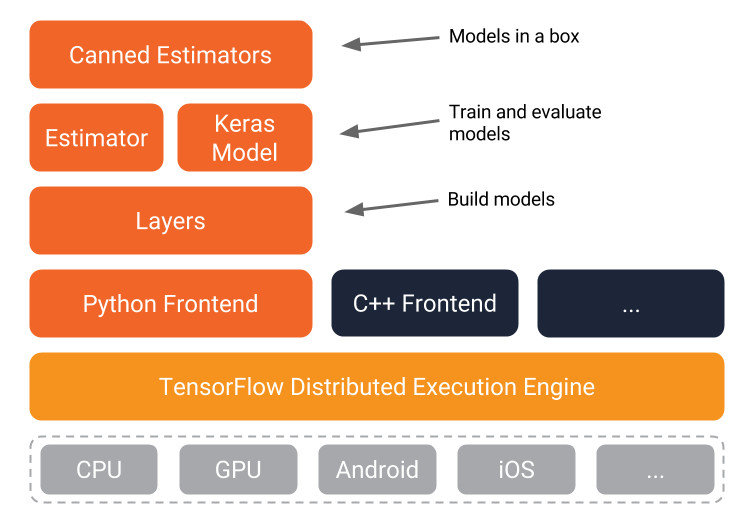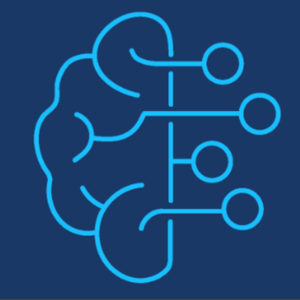Stable Diffusion
Stable Diffusion is a powerful AI model that transforms text into vibrant images. It uses text descriptions to craft stunning and diverse visuals, from photorealistic landscapes to fantastical creatures.
Stable Diffusion is a collaborative development effort, but the key contributors include:
- CompVis Group at Ludwig Maximilian University of Munich: Led researchers like Johannes Gauthey and Robin Rombach, who played a major role in the model’s architecture and development.
- Runway ML: Provided expertise in user interface design and accessibility, making Stable Diffusion a user-friendly tool.
- Stability AI: Supported the project through resources like compute power and contributed to its ethical framework and community growth.
- LAION: Provided a massive dataset of text-image pairs for training the model, crucial for its ability to understand and generate realistic images.
- Other Contributors: Numerous individuals and organizations have contributed code, ideas, and feedback to refine Stable Diffusion.
The code for Stable Diffusion is partially open-source: The core model architecture and training code are not publicly available. Several key components are open-source: These include the text encoder, diffusion model variants, and some additional modules. The project uses a Creative ML OpenRAIL-M license: This allows for both commercial and non-commercial use of the open-source parts.
Stable Diffusion utilises two powerful techniques: Diffusion and Transformers:
- Diffusion models: These gradually “de-noise” a random image, guided by the text prompt, until a coherent and realistic image emerges.
- Transformer models: These excel at understanding and encoding the meaning of text, providing the initial noise and guiding the diffusion process towards the desired outcome.
Key Components:
- U-Net: This convolutional neural network (CNN) acts as the core diffusion model, processing noise and progressively refining the image.
- Text encoder: This transformer-based model encodes the text prompt into a latent vector, capturing its semantic meaning and guiding the image generation.
- Conditional diffusion steps: These steps iteratively refine the image, incorporating both the latent vector and the current image state.
Frameworks and Libraries:
- PyTorch: The primary deep learning framework for model development and training.
Transformers library: Provides implementation of the transformer architecture for text encoding. - Jax library: Used for efficient numerical computation and gradient calculations.
- Torchdiff: For automatic differentiation, essential for training the diffusion model.
Programming Languages:
- Python: The main language for scripting, framework integration, and user interface development.
- C++: Used for performance-critical parts of the model, particularly the U-Net architecture.
Training Data & Fine Tuning:
- Training data: A massive dataset of text-image pairs is crucial for training the model to understand and generate realistic images.
- Fine-tuning: The model can be further customized for specific tasks or artistic styles by fine-tuning on smaller, targeted datasets.
- Creative exploration: The user’s input and artistic vision play a vital role in guiding the image generation process.
GUI’s For Stable Diffusion
- Automatic1111
- ComfyUI
- DreamStudio
- Foocus AI
- StableSwarmUI
- InvokeAI
ControlNet
ControlNet is a powerful tool that extends the capabilities of Stable Diffusion by adding additional control over the image generation process. ControlNet uses additional neural networks trained on specific data, like edge detection or human skeletons. These networks analyze the provided control information (e.g., an image for style transfer or a pose diagram for human figures). The information is then injected into the diffusion process of Stable Diffusion, guiding the image generation towards the desired conditions.
Key Features of ControlNet include:
- Object placement: Specify where certain objects should appear in the image.
- Composition control: Define the layout and arrangement of elements within the image.
- Style transfer: Apply the style of another image or artwork to the generated image.
- Human pose control: Set the pose and position of human figures in the scene.
Extensions:
Extensions are add-ons or modifications that enhance the functionality of Stable Diffusion or introduce new features.
Popular Extensions:
- ReActor: FaceSwap Extension
LoRA (Low-Rank Adaptation)
LoRA refers to a technique for fine-tuning the model on specific concepts or styles without requiring the full model to be retrained. It’s essentially a lightweight way to add additional capabilities to Stable Diffusion without the heavy computational cost of training from scratch. LoRA models are much smaller than full Stable Diffusion models, making them faster to train and easier to share. LoRA models can be created for a wide range of concepts and styles, allowing for personalized and creative image generation. The LoRA model is then injected into the Stable Diffusion generation process. During image generation, the LoRA model subtly modifies the diffusion process, guiding it towards the desired concept or style.

 The human brain consists of 100 billion cells called neurons. The neurons are connected together by synapses. If sufficient synaptic inputs to a neuron fire, that neuron will also fire. This process is called “thinking”.
The human brain consists of 100 billion cells called neurons. The neurons are connected together by synapses. If sufficient synaptic inputs to a neuron fire, that neuron will also fire. This process is called “thinking”. Keras is an open source neural network library written in Python. Keras was conceived to be an interface rather than a standalone machine-learning framework. It offers a higher-level, more intuitive set of abstractions that make it easy to develop deep learning models regardless of the computational backend used. It is capable of running on top of
Keras is an open source neural network library written in Python. Keras was conceived to be an interface rather than a standalone machine-learning framework. It offers a higher-level, more intuitive set of abstractions that make it easy to develop deep learning models regardless of the computational backend used. It is capable of running on top of  TensorFlow was originally developed by the Google Brain Team within Google’s Machine Intelligence research organization for machine learning and deep neural networks research.
TensorFlow was originally developed by the Google Brain Team within Google’s Machine Intelligence research organization for machine learning and deep neural networks research.
 Artificial Intelligence and Machine Learning are shaping many of the products and services you interact with every day. In future blog posts I will be discussing how Artificial Intelligence, Machine Learning, Neural Networks, and Predictive Analytics are being used by Marketers to achieve competitive advantage.
Artificial Intelligence and Machine Learning are shaping many of the products and services you interact with every day. In future blog posts I will be discussing how Artificial Intelligence, Machine Learning, Neural Networks, and Predictive Analytics are being used by Marketers to achieve competitive advantage.
Recent Comments